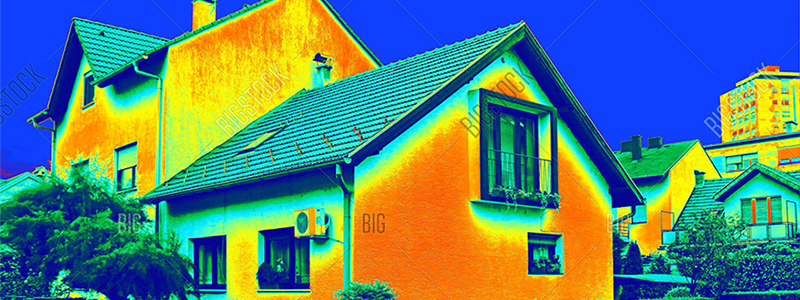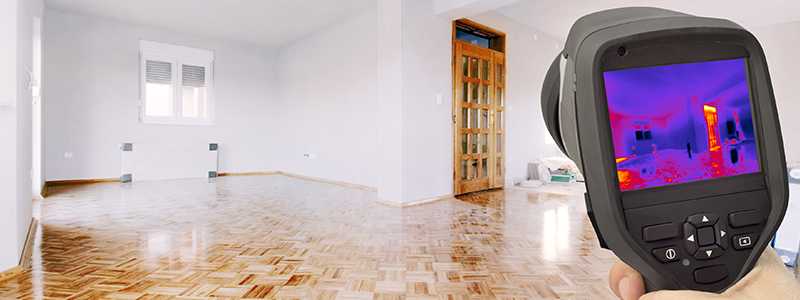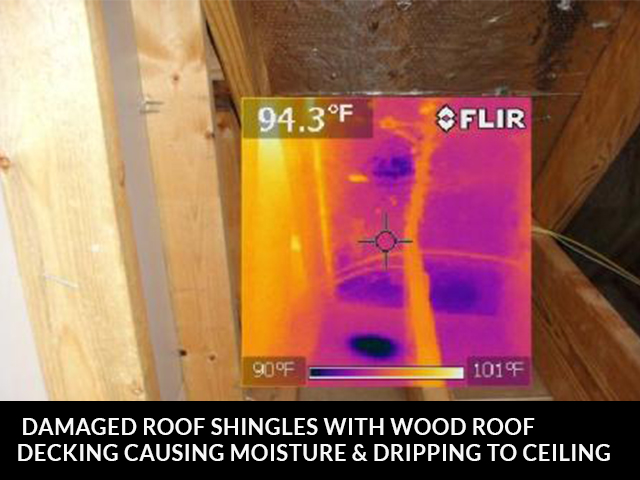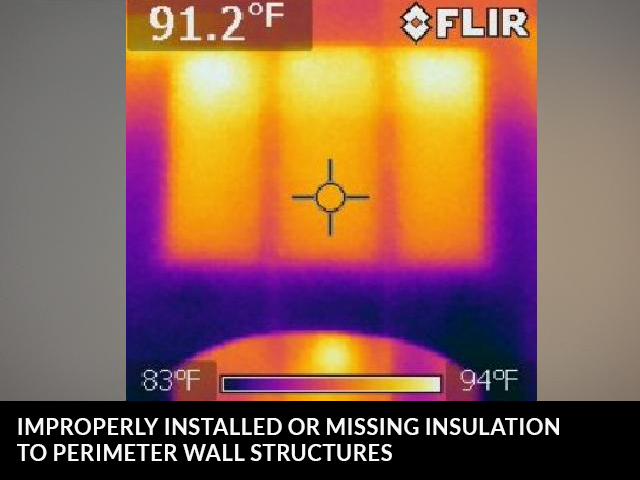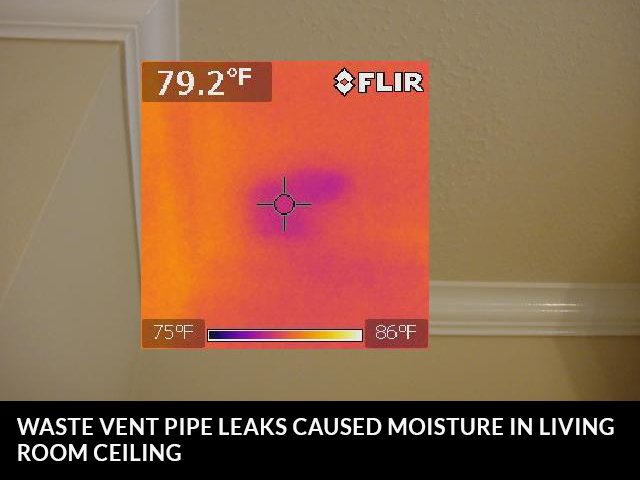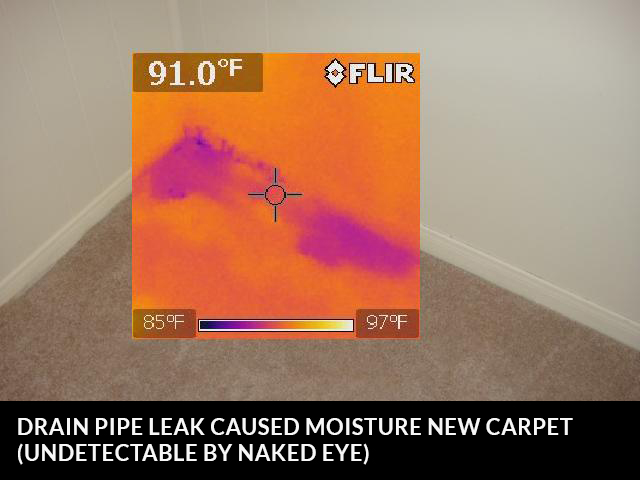Make sure the inspector you hire has thermal imaging equipment.
If they don’t, then they can’t even scratch the surface!
INSPECT A HOME professional inspections include infrared thermal imaging in addition to property inspections. We offer a full infrared thermal inspection and report. Our infrared thermographic camera enables us to do a powerful noninvasive sweep to see what is happening to the building we are inspecting. This technology helps monitor and diagnose the condition of buildings. It can quickly identify problem areas that can’t be seen by the naked eye and prevents us from having to use destructive probing methods. The results are captured and documented instantly in a picture and easily added to professional reports.
Using infrared thermal imaging in a certified home inspection can help you save hundreds, or even thousands, of dollars a year. We can identify missing insulation, improperly installed or compressed insulation, and shrinkage or settling of various insulating materials. We can often see moisture, leaks (including in roofs, water pipes, water lines), and electrical issues before they pose a bigger risk to fiscal or physical well-being.



